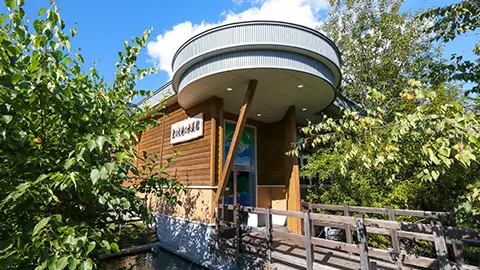VOL.196 SEPTEMBER 2024
JAPAN’S ENJOYABLE PUBLIC AQUARIUMS
The Magical Charms of Japan’s Public Aquariums
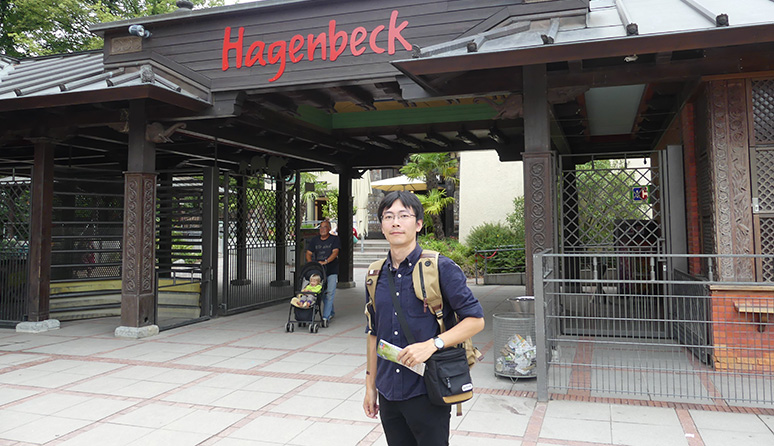
MIZOI Yuichi
Professor in the Faculty of Letters, Kansai University
His 2018 work Suizokukan no Bunka-shi (“The Cultural History of Public Aquariums”) was awarded the Suntory Prize for Social Sciences and Humanities in the Life and Society category. He specializes in two particular fields of study: the history of human-animal relationships and Western cultural history. In the first, he addresses issues concerning how people and animals have coexisted throughout history, based on considerations of zoos, aquariums, and folklore.
Aquatic life is a very familiar part of life in Japan, a country surrounded by seas on all sides and home to many rivers and lakes as well. Even so, aquariums are popular here. Known for allowing visitors to experience — so to speak — into the underwater world, aquariums are seen by the people of Japan as uniquely unusual and enjoyable spaces. We interviewed MIZOI Yuichi, a professor in the Faculty of Letters at Kansai University, who studies public aquariums, about the charms of Japan’s aquariums.
Japan is surrounded on all sides by seas and also has many rivers, lakes, and other water features, making aquatic life a very familiar part of life here. This is part of the reason why so many public aquariums are found throughout the country and enjoy such great popularity. Please tell us about the origins of aquariums, along with their beginnings and history in Japan.
More than one theory exists regarding the origins of public aquariums as they are now called. For example, in ancient Egypt and the ancient Roman Empire, there were ponds where fish were raised for religious reasons or for food, and also for the pleasure of viewing. When people first started to keep fish for ornamental purposes like this, the journey to today’s aquariums began.
Meanwhile, the origins of the kind of modern public aquarium everyone is familiar with today can be traced to the United Kingdom in the 19th century. An aquarium of this type built at the London Zoo in 1853 was the world’s first. It actually served as the model for the first aquarium built in Japan, as well. This was the Uo-Nozoki (Fish-Watching Room) built in 1882 at the Ueno Zoological Gardens in Tokyo. It featured a very simple structure characterized by a cave-like entrance, as was popular in Europe at the time.

Photo: Tokyo Zoological Park Society
Several years later, in 1897, the full-scale Wadamisaki Aquarium opened in Wadamisaki, Kobe City, Hyogo Prefecture. This one featured fish tanks fully equipped with European-style circulation filtering equipment and was a really fine-looking aquarium, as well.
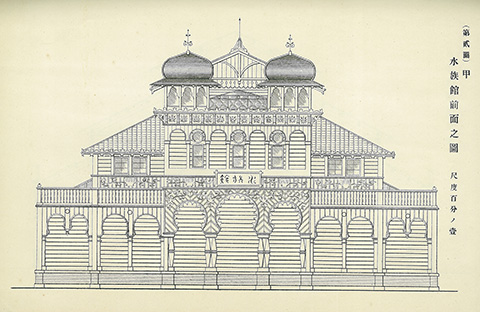
Photo: Japan Fisheries Research and Education Agency
A number of other aquariums were built in this era, including the Asakusa Park Aquarium in Tokyo and the Sakai Aquarium in Osaka Prefecture, gradually establishing aquariums in different parts of Japan. One that particularly influenced Japanese aquariums as they exist today, though, would have to be the Enoshima Aquarium in Kanagawa Prefecture, which opened in 1954. Its design took full advantage of the latest postwar technologies, including hard vinyl chloride pipes resistant to corrosion, and equipment for controlling the water temperature of the tanks. This formed the basis for expertise used in present-day aquarium construction.

Photo: Enoshima Aquarium
Could you discuss any other significant technological innovations that might have influenced the development of public aquariums as we know them today?
First of all, some considerably ambitious experiments were being made in the 19th century concerning display methods. One example is the saltwater aquarium at the 1867 Paris Expo, where a design surrounding visitors on all four sides, as well as the ceiling, with fish tanks created a more realistic viewing experience. One problem, though, was that glass at that time tended to break easily, which made it dangerous. The technologies of the time could not produce glass strong enough to safely withstand the weight of the water. In the 1930s, however, acrylic glass was developed. Due to its extreme strength and ability to withstand great weight, it was adopted in aquariums around the world. It also offered the benefit of being easier to process than ordinary glass. The appearance of this acrylic glass made it possible to create displays with large fish tanks, as seen in modern aquariums. It also enabled designs like circular tanks that surround viewers, and themed exhibits then became popular.
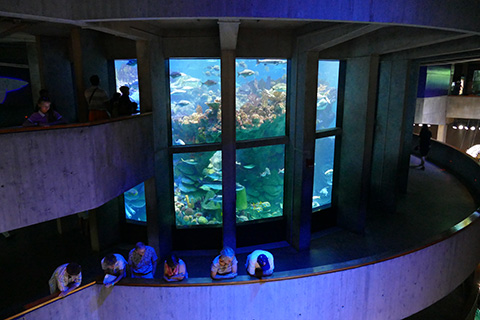
Photo: Yuichi Mizoi
Also, in Japan, after World War II ended, donut-shaped circular tanks were developed, allowing the exhibits with sense of presence to be designed, where fish would swim all around the viewers.
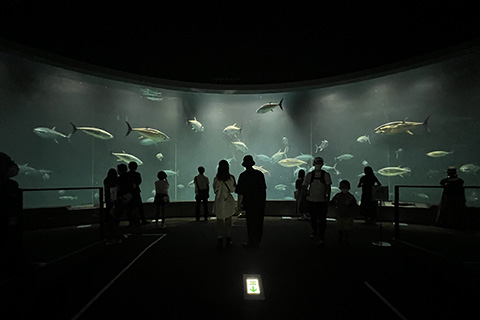
Photo: Yuichi Mizoi
Are there factors other than technological progress that have influenced aspects like display methods?
Since the 1960s, particularly in Japan and the West, it has become more common to design aquariums with a unified concept or a sense of story. The Kaiyukan aquarium in Osaka Prefecture, which opened in 1990, is a good example of this. It is a large, eight-story aquarium featuring a vertical gallery-style layout. Visitors start at the top and make their way downward, viewing a variety of exhibits along the way. The main Pacific Ocean tank, extending from the 6th floor down to the 4th, offers a realistic experience, as if descending into the sea. After watching massive whale sharks swimming in the huge tank, visitors can view sea creatures that inhabit the seas of the Ring of Fire, a volcanic zone surrounding the Pacific Ocean, separated into different habitats by area. Currently, this type of exhibit style, featuring a clear sense of story, is becoming mainstream in aquarium design in Japan.
Could you discuss the Japanese historical or social background of any factors that might have made aquariums so popular in Japan?
The Wadamisaki Aquarium I described earlier has a form that calls to mind a European church. Interestingly, though, some design features like its arches also feature Indian-style motifs. I think we can assume that features like this express the image Japanese people have of the imaginary Ryugu-jo Castle,* also known as the Palace of the Princess Otohime or the Dragon King. This is because images of Ryugu-jo Castle are considered to have been established in India and China. Also, Ryugu-jo appears in the story of Urashima Taro,** a fairy tale very familiar to people in Japan, involving a fisherman who visits the underwater castle. Other than this case, there are songs that compare the experience of visiting the Asakusa Park Aquarium that opened in Tokyo in 1899 with making a trip to Ryugu-jo Castle. There were ideas that visiting an aquarium could be like taking a trip to a place removed from the experience of everyday life, like Ryugu-jo Castle, offering the experience of another world different than the traditional Japan people knew. I think we can definitely say that such ideas helped establish the popularity of aquariums in Japan.
Beyond this, Japanese people tend to like facilities with names that end in “-rium,” like aquariums and planetariums. They have a great preference for experiences in which other worlds are represented in limited spaces. Although the reason for this is not clear, I have proposed a hypothesis that it is related to Japanese landscape gardening traditions. In the long history of Japanese garden design, arrangements of elements including water, stones, and plants in limited spaces have been used to reconstruct famous landmarks and places of scenic beauty considered ideal from all over the country. There is an existing culture of reconstructing favorite parts of natural landscapes and enjoying them in that form. In a way, the originally Western conception of the public aquarium may have been combined with that element of Japanese culture as aquariums developed here.
Do you have any special recommendations for sightseers from overseas from among the many public aquariums found in Japan?
Although the exact number is not clear, there are said to be as many as 150 aquariums in Japan, and they are extremely diverse. In considering which ones I should point out from among those, I look at the four main functions that aquariums are expected to fulfill: research, education, conservation, and entertainment. I would like to recommend aquariums that show a commitment to at two of those in particular, those which have a focus on educational and conservational efforts and solidly reflect that in their displays. One that I personally feel shows an ideal balance in that regard is the Tokyo Sea Life Park, which opened in Tokyo in 1989. It offers displays in circular fish tanks that surround visitors, offering the enjoyment of an experience with sense of presence that feel almost like being underwater. It also has outdoor facilities allowing visitors to view thoroughly detailed, realistic re-creations of natural environments from around the Tokyo area.*** At the same time, the aquarium works to promote conservation and research concerning living creatures found in Tokyo and Hokkaido. It is also the successor of the Uo-Nozoki (Fish-Watching Room), Japan’s first aquarium. From this historical standpoint as well, I consider it a representative example of Japanese aquarium facilities.
Another I would definitely recommend travelers to visit is the Kagoshima Aquarium, which opened in Kagoshima Prefecture in 1997. I personally consider this one of the most outstanding public aquariums in Japan. One reason, first of all, is how amazing its location is, directly across from the volcano of Sakurajima, making it seem so integrated with the majestic natural setting. Another is the way the aquarium has focused on showing visitors local Kagoshima marine life since it first opened, such as placing a local invertebrate (a life form without a backbone) from Kagoshima Bay called Satsuma haorimushi (Lamellibrachia satsuma), a kind of tube worm, in the main exhibit. Beyond this, there is even a Silent Sea exhibit consisting of a tank in which no fish can be seen, showing only empty blue space, intended as a warning about the danger of ongoing overfishing. I feel the value they are placing on clear messaging like this is excellent.
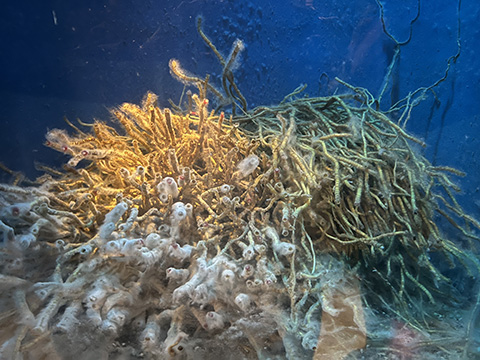
Photo: Yuichi Mizoi
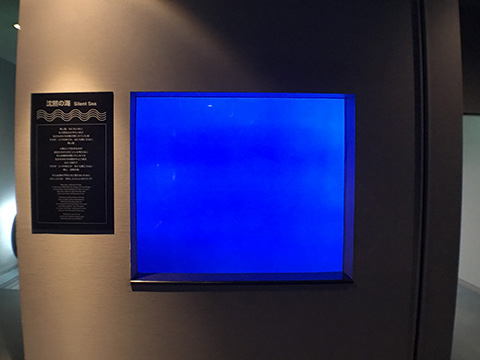
Photo: Yuichi Mizoi
One more thing I hope visitors to public aquariums in Japan will take note of is that the souvenirs and gifts are available for purchase. Very high-quality figurines and paper crafts can be found at Japanese aquariums. I imagine that people from outside Japan would enjoy items like these as well.
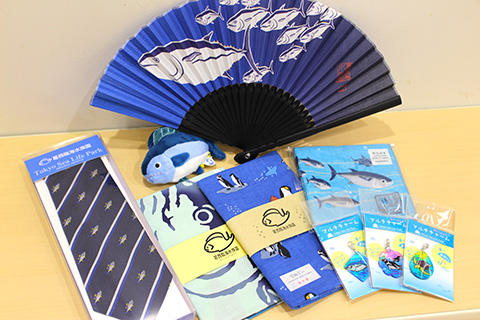
Photo: Tokyo Zoological Park Society
* A castle or palace appearing in legends regarding sea deities in India, China, and areas throughout Japan.
** The tale of Urashima Taro: Please refer to the following: “HIGHLIGHTING Japan July 2014”
*** Currently closed (as of late September 2024) due to the renovations being made to the aquarium.
By MOROHASHI Kumiko
Photo: Tokyo Zoological Park Society; Japan Fisheries Research and Education Agency; Enoshima Aquarium; Yuichi Mizoi
